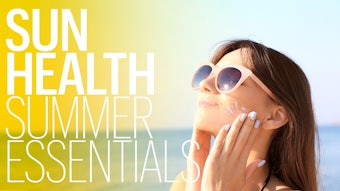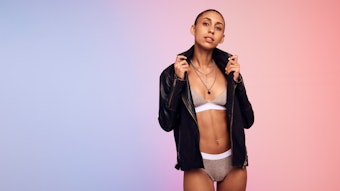
In these days and times, more and more businesses are making an effort and taking initiatives to promote and improve diversity and inclusion in their businesses. Many see the benefits of a diverse workplace, and see that it is part of improving the overall experience of not just the employees, but their customers as well. However, the spa industry is falling behind in this regard.
Most businesses today, whether it be spas, product lines or spa equipment companies, still have not stepped up to the plate or made this a priority in their business models. Diversity is growing in the spa industry and not just from a clientele standpoint, but there are more spa professionals working in the spa industry from diverse backgrounds than ever before. If the spa industry fails to realize this growing phenomenon of racial diversity and ignore this global trend, spa owners and spa professionals will not have a good grasp on reality and find themselves out of touch with the future of their careers and the spa industry.
Diversity vs. Inclusion
You may be wondering, what is the difference between diversity and inclusion? Diversity is considered the WHAT people are and inclusion is the HOW people are. For example, diversity can mean gender, ethnicity, age, disability and education. While inclusion can mean the behaviors and social norms that ensure people feel safe, a sense of belonging and welcome. Diversity and inclusion can be connected, but they are not interchangeable. Diversity is more about the representation or makeup of a person, while inclusion would be how that person is perceived, valued and integrated into an environment.
Related: Embrace Diversity with Inclusive Skin Care
Unconscious Bias
The first step to moving toward a more diverse and inclusive work environment is building awareness around understanding unconscious biases. Unconscious biases can include associations or feelings of bias that may be hidden underneath the surface. Meaning, the unconscious bias does not necessarily align with your conscious or declared beliefs. No matter how much people think they are free of biases, people have ingrained attitudes and assumptions, and we all make judgments based on our socializations and life experiences. But, the more we are aware of our own biases, the less likely we will act on them.
Spa owners and spa employees would need to review, question and analyze their own personal biases and assumptions to even start to understand how individuals are impacted by unconscious bias. A way for a spa business to evaluate unconscious biases would be to have the management and employees keep a thought journal to record instances of stereotyping as they occur to help them become more aware. This will help them observe when they begin to stereotype individuals and give them the opportunity to refute and replace biases.
Managing biases and fostering more inclusive environments will be a lifelong continuous learning journey for businesses. Becoming culturally competent and respecting and embracing other people’s experiences isn’t going to happen overnight. The goal isn’t necessarily to become an expert at it, but rather remain curious and humble about cultural differences.
JoElle Lee is a veran esthetician with over 20 years of experience in all aspects of skin care. She is the founder of JoElle Lee Advanced Esthetics Training and JoElle Lee Skincare and is the author of two bestselling books, “Multicultural Skin Treatments: Learn How to Effectively Treat Skin of Color Using Chemical Peels and Laser Treatments” and “Esthetician on Mission Business Building Workbook.”











